There are 270 million cell phones in the United States, according to the CIA World Factbook 2009. And the Department of Homeland Security wants to equip every one of them with a nose to sniff out a terrorist threat. All these cell phones will work together to warn their owners and speed first responders to the scene of a terrorist threat. 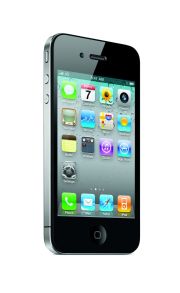
Equipping cell phones with sensors to detect chemical, biological, and radiological threats from terrorists and industrial accidents—dubbed project Cell-All—is a step closer to reality, according to a March 2010 press release from the U.S. Department of Homeland Security (DHS). A chemical sensor, about the size of a pencil eraser, has been developed by collaborating university, private and government scientists.
“Networking chemical threat sensors in cell phones, particularly with GPS (global positioning satellite) capability, is a brilliant strategy,” says Ken Owen, CEO of Ag Defense Systems, a Peoria, IL company developing rapid bio-sensors to identify toxic microbes in food sources and the owner of Nicheware Systems. Owen has no Cell-All affiliation. “Getting sensors, in real time, near the thing you are protecting is usually a challenge, but Cell-All threat sensors are being carried by the very people you wish to protect.”
The large numbers of cell phone sensors could have another advantage, points out Owen. “No matter how good a sensor is,” he says, “there will be sensor failures and false positives—when a threat is detected, but no threat exists. Having many networked threat sensors distributed in cell phones at a location produces many data points to compare, reducing the chance of a false positive. Another benefit is the sensor can have a simpler design because reliance in not on a single sensor for both measurement and threat indication; instead, reliance is on a network of many sensors and smart central data processing to interpret the measurements.”
Seventy Cell-All prototypes with sensors initially targeting carbon monoxide—a deadly odorless, colorless gas from oxygen-starved fires—are to be deployed this year for field testing of the Cell-All concept. Later sensors can be tuned to target hundreds of chemical threats.
The Cell-All chemical sensor’s heart is a porous wafer of silicon that changes color when reacted with specific chemicals, according to Michael Sailor, professor of chemistry and biochemistry and head of Cell-All sensor development at University of California, San Diego (UCSD), in a May 2010, USCD press release.
Using techniques developed by Gordon Miskelly, professor of forensic science at Auckland University in New Zealand, the sensor takes a two-prong approach to accurately identifying the toxic chemical. Thousands of differently shaped pores, like a series of varying sized tunnels, are intentionally formed to allow only certain chemicals into the sensor at different locations. There they interact with the silicon just below the sensor’s surface causing the color of the light reflected on the sensor’s surface to change. By reading the pattern of color changes, the threat can be determined.
A typical cell phone camera detector is built into the sensor to read the color-change patterns, according to Sailor, but a very sophisticated lens is required to properly focus the camera. A flexible, fluid-filled macro lens that mimics an animal’s eye by adjusting internal fluid level to achieve fine focus was developed by Yu-Hwa Lo, professor of electrical and computer engineering at UCSD and founder of Rhevision Technologies.
Keeping the cell phone sensor from using too much power—both for reading and transmitting data—is a key Cell-All challenge. The millions of data points in a single high-resolution camera image needed to accurately read the sensor wafer, if recorded and transmitted individually, would quickly drain a cell phone’s power. Cell-All takes advantage of the wave-like nature of light to compress the data captured in an image to a simplified set of equations that represent overlapping waves that, taken together, accurately represent the color pattern over the entire surface of the sensor wafer. This Cell-All data technique was developed by Truong Nguyen, professor of electrical and computer engineering at UCSD.
NASA scientists are also collaborating on ways to minimize power consumption for the chemical sensor. Qualcomm engineers are providing expertise in miniaturization and implementing new functions on cell phones. According to the March 2010 press release, DHS is working with Qualcomm, LG, Apple, and Samsung to manufacture the first Cell-All cell phones.
“Massive development projects like Cell-All build upon years of scientific development that have gone before,” says Owen, “often [originally developed] for a completely different purpose. Case in point for Cell-All, the development of current cell phone networks.” He adds, “The development going forward often requires many scientists with specialized expertise working together; still each scientist can make invaluable, individual contributions.”


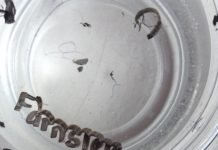
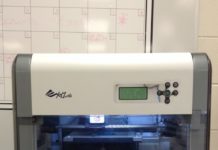
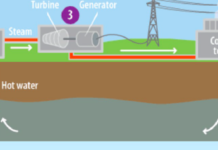
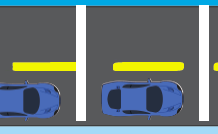
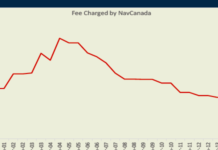
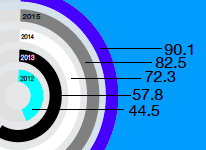






How would the phone detect the threat if it does not come into direct contact with it??
I think that this article is very interesting. I think it’s great that scientists are exploring ways to take advantage of the fact that almost everyone in the United States has a cell phone of some kind. Over time, the issues about determining which chemical it is and how to keep the cell phone charged will be solved.
Wow how it that possible to do that,that is amazing so much technology These days wow i’m really stuned :wah
thats very creative!!!!!!!!!!!!!!!!!!!!!!
I feel that the concecpt is good but the idea is not a well thought out one because we let the government put a piece in everyone of our phones to "check for chemicals" but what is to stop them from listening in to all of our conversations and tracking us, i mean im just saying that i personally dont want to lose my rights as a citizen of these hear united states
this was a very interesting arcticle i love the sources you chose to use he title caught my eye as well good job well done
I have learn some good stuff here. Certainly price bookmarking for revisiting. ffafdageafakbgab